Caesalpiniaceae- A multipurpose family-1
Caesalpiniaceae- A multipurpose family-1
A natural family with quinones, resins and neoflavonoids, zygomorphic and resupinate flowers, Petals ascendingly inbricate with the posterior odd petal smallest and inner-most, 10 Stamens variously heteromorphic, some of them sterile and staminodial a small hypanthium and legume or lomentum .
Taxonomic notes on Cassia
A large number of plants originally grouped in this genus are segregated into Chamacrista and Senna.
All the species with 3 adaxial stamens which are sigmoidally curved, are grouped in Cassia sensu stricto. The plants with all straight stamens and 2 bracteoles are in the genus Chamacrista. The plants with all straight stamens and no bracteoles are placed in the genus Senna.
Useful plants : Many medicinals, Biopesticides, natural dyes and a few food plants
A. Medicinal plants
1. Caesalpinia bonduc Roxb. (Kuberakshi, Bonduc nut / Fever nut)
This is a heavily armed woody climber, a native of India and Persia found wild in many
parts of the country. Seeds contain proteins (25%), oil (20-24% rich in linoleic and oleic
acids) and alpha, beta and gamma-caesalpins, caesalpin F and a homoisoflavone, bonducellin. Leaves contain protein (25%), a bitter principle (C24H32O8), wax and pinitol. Bonduc nuts are knownfor their antiperiodic efficacy. They are used as diuretic, antipyretics, and tonic, in malaria, diarrhoea and for treating hydrocele. The seed oil is antirheumatic in nature. Leaves are used in skin diseases and rheumatism. Roots are used to cure leucorrhoea, in intermittent fevers and diabetes.
2. Caesalpinia crista Linn. ( C. nuga Ait.)
C. crista is considered same as C. bonduc by many, but differs from the latter in having
simple stipules and smooth pods. Since the identity of the plants studied is controversial, the
compounds reported from C. bonduc would have been from the material of C. crista and vice
versa. Therefore the chemistry and properties of both the plants, for the present, are considered same.
3. Bauhinia purpurea Linn. (Kanchanar, Butterfly Tree)
A medium-sized evergreen tree with bifid coriaceous, ovate leaves cultivated
throughout India for the flowers and beautiful foliage. Stem bark in used extensively in
glandular diseases and as an antidote to poison. It is also anthelmintic and cures ulcers,
swellings, leprosy, menstrual disorders and prolapse of rectum. It is also used against thyroid problems.
Leaves are hypoglycemic. Flower buds, which are used as a vegetable and also pickled, are considered laxative and anthelmintic.
4. Bauhinia racemosa Lam.(Ashta)
Bark contains a tetracyclic 2,2-dimethyl chroman, de-O-methyl racemosal, sitosterol and octacosane. Seeds contain protein (10%), mucilage (4%) and oil The bark is highly astringent and is antidysenteric, anti-inflammatory and cholagogue. Leaves are anthelminitic and used for diarrhoea.
5. Bauhinia tomentosa Linn. (Kachnar, Buddhist Bauhinia)
The fruit is used as a diuretic and seeds, a tonic. Root bark is found useful in liver troubles
and as vermifuge. Leaves are used as dyes.
6. Bauhinia variegata Linn. (Kovidara, Mountain Ebony)
Stem contains beta-sitosterol, lupeol and glycosides of kaempferol and 5,7- dimethoxy
flavonone. Stem bark yield tannins (9.6%). Violet flowers are found of contain cyanidin,
malvidin and peonidin while white flowers yield kaempferol. Seeds yield protein (44%),
pentosan (11%), a fatty oil containing oleic (32%), linoleic (36%), palmific (17%) and stearic
(13%) acids. Mucilage and phytohemagglutinins also are reported from seeds. Root is used in
dyspepsia, flatulence and to prevent obesity. Bark is antidysentric, tonic and anthelmintic.
Flowers and flower buds are used as vegetables and in the treatment of diarrhoea, dysentery,
piles, tumours, heamaturia, and menorrhagia and as a laxative. Bark is used for dyeing and
tanning.
7. Cassia occidentalis Linn. (Kasamarda, Coffee senna)
This is an erect undershrub occurring as a common weed throughout India. The leaves
are found to contain anthraquinones such as chrysophanol, emodin and their glycosides.
The seeds contain a gum (galactomannan), a fixed oil and anthraquinones such as physcion, rhein, aloe-emodin, chrysophanol and steroidal glycosides based on campesterol and β-sitosterol. The roots yield bitetrahydroanthracene derivatives, occidentol-I and II, pinselin (cassiolin), rhein, aloe-emodin and their glycosides, All parts of this plant exhibit similar medicinal properties such as purgative, tonic, febrifugal, diuretic and for skin diseases. A bark infusion is given in case of diabetes. Whole plant is employed in dropsy and hepatic cirrhosis. Leaves are given in cough, as an antiperiodic, vermifuge and antiinflammatory.
Seeds, used as a substitute of coffee, are blood tonics and useful in cough, heart diseases and cutaneous diseases. Root bark is used as a substitute for quinine to cure fever and a specific medicine for gonorrhoea and hepatic troubles. Germichrysone and occidentalins A & Bare anticancerous in nature
8. Cassia tora Linn. (Chakramarda, Sickle senna)
This is a foetid annual shrub, a very common weed throughout India. The stem bark
contains emodin, rhein, euphol, sitosterol and basseol. The leaves also contain emodin,
kaempferol d-mannitol, stachydrine and choline. The immature seeds yield brassinosteroids,
Seed is rich in protein (24%), carbohydrates (49%), oil (5.4%) and contain glycosides of 1,8-dihydroxy-3-methyl anthraquinone, 8-OH,3- Me,1-OMe anthraquinone and two glycosides Roots yield choline, an anthraquinone, propelargonidin and sitosterol. The whole plant is purgative, anthelmintic and exceeding useful in eczema, ringworm and other skin diseases. Mature leaves, sometimes adulterated with senna, are anthelmintic and antiperiodic. Seeds are substituted for coffee beans, and are well-known tonics and stomachics. It is used as a blood purifier also.
9. Cassia senna Linn (Sonamukhi; Alexadrian/Tinnevelly Senna)
This is an erect branching shrub, a native of Alexandria, but now cultivated
everywhere. The leaves and the shells of fruits contain sennosides and related anthraquinones.
Shells contain 3-5% of these compounds whereas the leaves have 2.5 – 4%. The various
sennosides are sennoside A.B.C and G as well as three sennidins. Leaves contain
monoglucosides of rhein and aloe-emodin whereas the pods contain monoglucosides of
chrysophanol, rhein, aloe-emodin and 6-hydroxymusizin. Roots are found to contain physcion physcionin, chrysophanein and sennidin C. The leaves and shells are used as tonics in Ayurvedic and Unani Systems of medicine. It is an efficient purgative but due to the tendency to cause gripe, usually administered along with carminatives; other uses of senna include as a febrifuge, in splenic enlargements, anemia, jaundice, rheumatism, tumours, and bronchitis andagainst skin diseases.
10. Cassia fistula Linn. (Amaltas, Indian Laburnum)
C. fistula is a deciduous medium-sized tree, a native of India. The bark contains
flavonoids catechin, epicatechin, fistacacidin, fistucacidin, kaempferol, procyanidin, propelargonidin, rhein glycoside and steroids.The leaves yield sennosides A and B,
chrysophanol and flavonoids. The roots are found to contain 7-methyl
physcion and oxyanthraquinones. Flowers contain kaempferol propelargonidin tetramer, rhein and fistulin. The pulp from pods in rich in protein (upto 20%), and carbohydrates (26%), and contains sennosides A and B, rhein and its glucoside barbaloin, aloin, pectin, tannin and sugars. The seeds yield a gum and a fixed oil containing cyclopropenoid fatty acids such as vernolic, malvalic and sterculic acids.
The bark is used as a tonic and against dysentery and skin diseases. It is also useful in
leprosy, jaundice, syphilis and heart diseases. The pods are well known laxatives. The pulp from fruits is a safe purgative for children and pregnant women. It is also an analgesic, antipyretic (against malaria), anthrax, dysentery, leprosy and diabetes. Seeds and leaves are used in preparation of a drink, which is carminative, laxative and antipyretic. The roots are useful in rheumatism, hemorrhages ulcers, skin diseases and leprosy. The flowers are said to the purgative, febrifugal and anti-bilious.
11. Cassia angustifolia Vahl (Hindisana, Senna)
C. angustifolia Vahl, a native of Arabia and India, is a subglabrous erect shrub. The
leaflets yield about 2% quinones consisting of aloe-emodin, rhein, sennosides A, B, C & D and many other heterodianthrones. Also present in the drug are flavonols like kaempferol, sterols, mucilage and resins. Senna is widely used as a purgative. It is preferred over rhubarb because it does not produce the astringent after effect of the latter.
Senna pods. The fruits of C. angustifolia and, C. acutifolia Delile are used as purgatives.
The active principles are very similar to those of the leaf.
13. Saraca asoca De Willde (Saraca indica Baker- Asoka)
Asoka is a medium-sized evergreen tree, a native of S.E. Asia, commonly found
cultivated in south India. The bark yields tannins (6%), catechol, volatile oil, haematoxylin, a
ketosterol, and saponins. Asoka bark is widely used for treating uterine disorders such as
hemorrhages, dysmenorrhoea and menorrhagia. This is also used to cure inflammation and
enlargement of cervical glands. Flowers are used for treating piles, scabies and skin diseases.
B. Edible fruits
1. Ceratonia siliqua Linn (Carob, Locust bean)
Carob is a moderately tall, evergreen dioecious tree a native of Mediterranean region, now
widely cultivated for the edible fruits. The pods containing 3-6 shining ovoid seeds embedded in pulp yield pulp (90%), and seeds (8%). The pulp is one of the richest sources of sugars (up to 50%) and the young pods are found to contain (+) catechin, (-) epicatechin, (-) epicatechin
gallate, quercetin and myricetin. The ripe pods contain catechol tannins and prodelphinidin. Seeds are rich in proteins (16%), a gum (galactomannan), present in endosperm as a vitreous layer on the inner side of seed coat and oil from the seed, germ. The pods are used as candy and as a sweetening agent in pharmaceutical preparations. They are tonics, expectorants and improve the voice as well as acting as antioxidants. The gum is employed in confectionery and in baby food for prevention of diarrhoea and in eliminating dehydration and maintaining electronic balance. It is also used as an excipient for tablets and for lubricating jellies, laxatives, lotions etc.
2. Tamarindus (From the word Tamure-hind i.e. the date fruit of India).
T. indica Linn. (Cinca, Tamarindus) is a large tree with paripinnate leaves, a native
of tropical Africa now cultivated widely in tropics. The brownish red pulp surrounding the seed contains soluble sugar (30%), pectin and tartaric acid (12-15%). More than half of the tartaric acid present is in the form of potassium hydrogen tartarate. Leaves contain tartaric and malic acids, flavones like apigenin, acacetin and luteolin, glycoflavones such as the vitexin, isovitexin, orientin and isoorientin and phenolic acids. The fruit pulp in carminative, digestive, laxative antiscorbutic and antibilious. Tender leaves and flowers are antibilious and cooling and used for constipation, dyspepsia, flatulence and urinary infection. Infusion of leaves is used as a gargle for sore throat and for cleaning ulcers. Flowers are used as a paste for eye diseases.
Source:
Taxonomy: Evolution at Work. By M. Daniel, (2009) Alpha Science International Ltd,
Oxford, U. K. Pages 467, $ 120.
Mammen Daniel

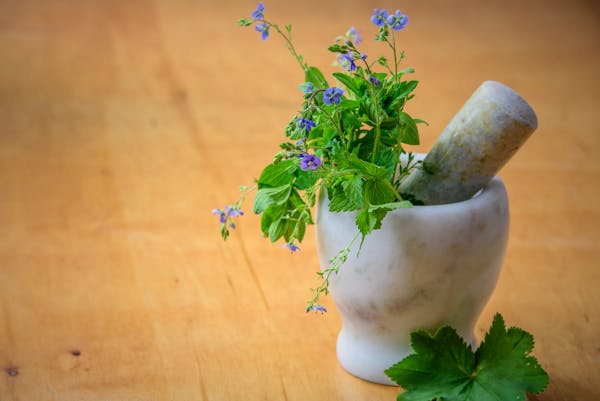
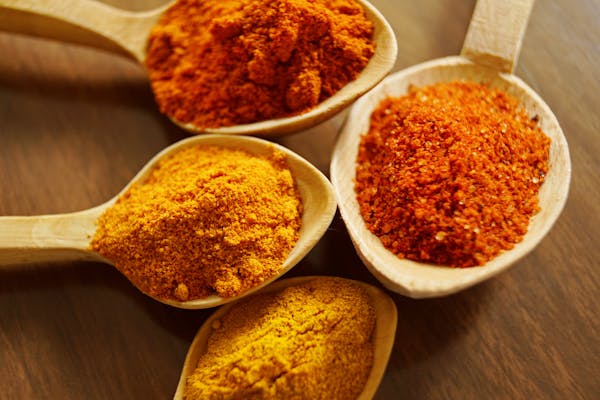
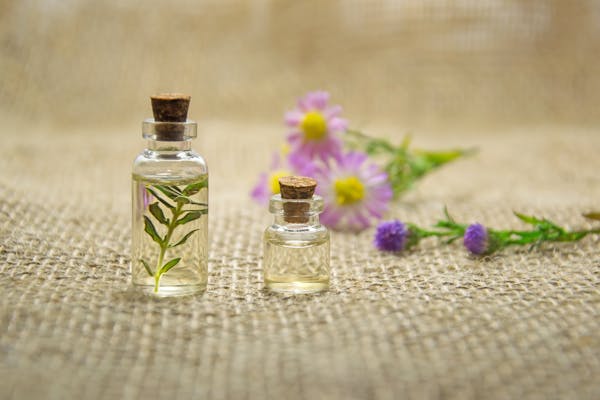

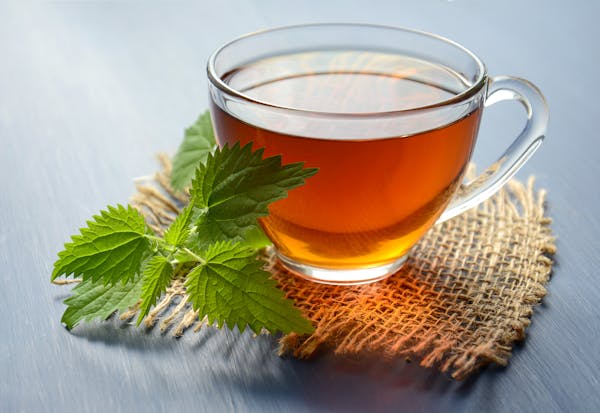
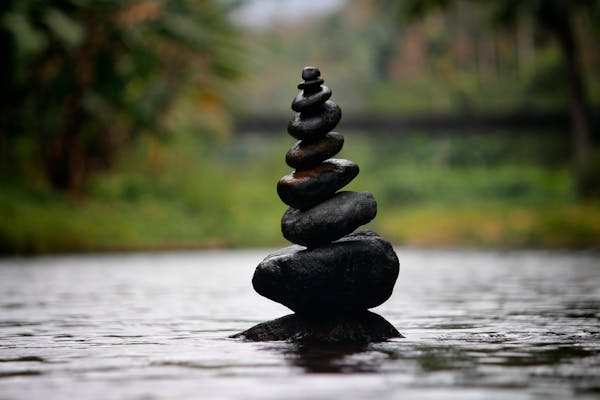













No comments:
Post a Comment